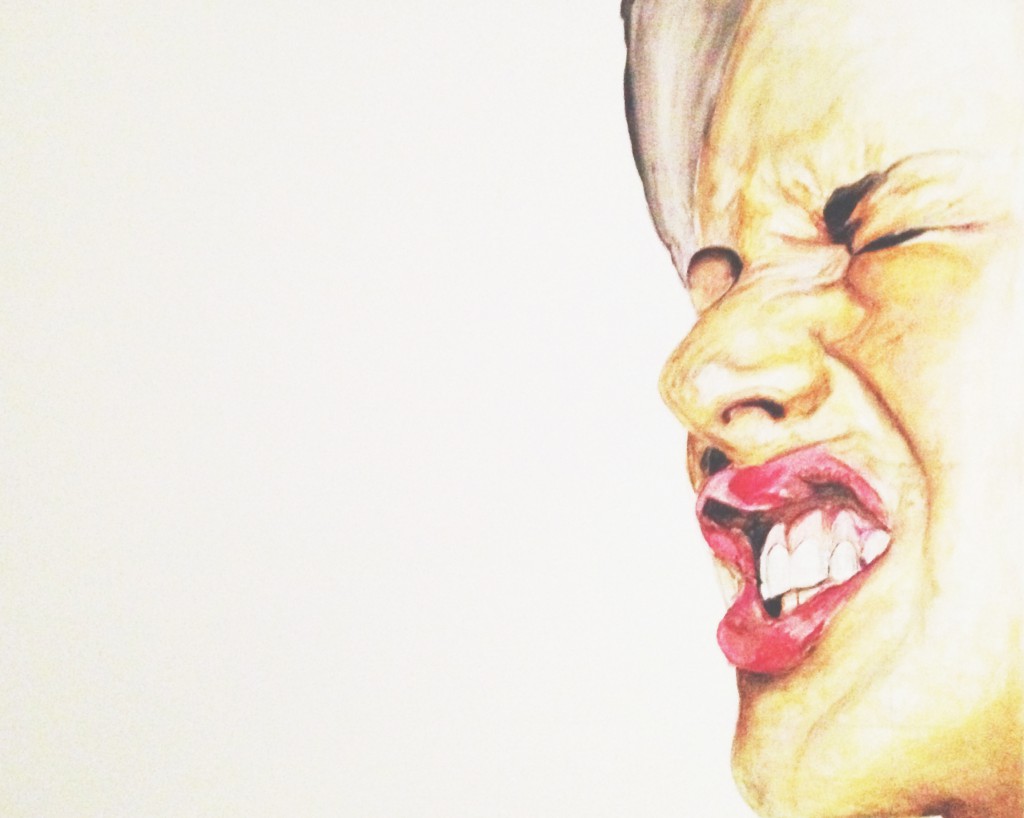
Why Single-Point AI Tools Are Getting Stuck—and What It Takes to Build a Bridge to Scale
The generative AI boom gave rise to a wave of startups—each building narrowly focused tools to automate a specific task: summarizing calls, parsing contracts, drafting emails. Many of these Single-Point AI companies found early traction. But as enterprise buyers grow more cautious, the licensing momentum is stalling.
Fortune 500 firms are no longer just looking for clever tools—they’re looking for control. Concerns over data privacy, compliance, and ROI are pushing companies to build internal models. It’s no longer enough to ask “Does this work?” Buyers now ask: “Can we trust it? Can we govern it? Can we scale with it?”
Point solutions don’t own the surrounding workflow, user experience, or infrastructure. They’re plug-ins—not platforms, easy to adopt but just as easy to turn off. And usage-based pricing often backfires. With LLMs, heavier use raises the risk of hallucinations—making buyers more likely to cap, cut, or renegotiate.
As a result, many AI startups—despite promising demos and positive user feedback—are missing revenue targets. What’s really holding them back isn’t the tech—it’s the lack of leverage. No control over the workflow. No control over the budget. No control over the value narrative.
Enter Full-Stack AI.
Instead of plugging into existing systems, Full-Stack AI companies rebuild the vertical from the ground up. They manage the full data loop, integrate compliance, and deliver a seamless experience. They don’t just add intelligence to the workflow—they are the workflow.
Yes, it’s harder. Full-Stack AI requires more capital, deeper expertise, and longer sales cycles with investors. But it also wins where it matters most: data ownership, operational control, and long-term value.
That’s why investors like Andreessen Horowitz and Y Combinator are backing Full-Stack bets. The strategy—owning the entire vertical to compound data and revenue—is gaining traction in top investor circles, even if the term “Full-Stack AI company” is still new to many. These firms understand that the platform layer is where outsized, multi‑billion‑dollar returns are made.
The Power of Ownership
When you control the full data cycle—from data capture to insight to action—you deliver real business outcomes for your clients, not someone else’s, in a stable environment you fully manage. This lets you build a predictable, compounding revenue engine, with the pricing power, higher margins, and unbreakable moat that come from continuously improving intelligence.
It’s not for everyone. But if your startup is struggling to scale pilots or justify pricing, the issue might not be your product—it might be that you’re operating as a feature in someone else’s system, instead of building the system yourself.
Being stuck on an AI island isn’t inevitable. But the way off? That’s a Full-Stack decision.
If you’re rethinking your strategy and want to chat, let’s talk.









